Introduction to Ho Chi Minh City
Southern Vietnam, with its stunning landscapes, vibrant culture, and delectable cuisine, is a destination that beckons travelers from around the world. From the pristine beaches of Phu Quoc Island to the majestic sand dunes of Mui Ne, there are countless best things to experience in this region. As travelers explore the southern regions, they’ll encounter the rich history and resilience of the Vietnamese people, from the remnants of the Viet Cong to the bustling streets of the Old Quarter. In recent years, southern Vietnam has emerged as a favorite place for tourists seeking adventure and relaxation alike. However, travelers should be aware of potential risks, such as violent crime and monsoon rains during the high season. With detailed information and guidance from travel agencies and guides, visitors can navigate the region safely and enjoy popular activities like boat trips and train rides. Whether indulging in Vietnamese food, exploring fishing villages, or trekking through the central highlands, southern Vietnam offers an unforgettable travel experience for all who venture into its diverse and enchanting landscapes.
Getting to Ho Chi Minh City
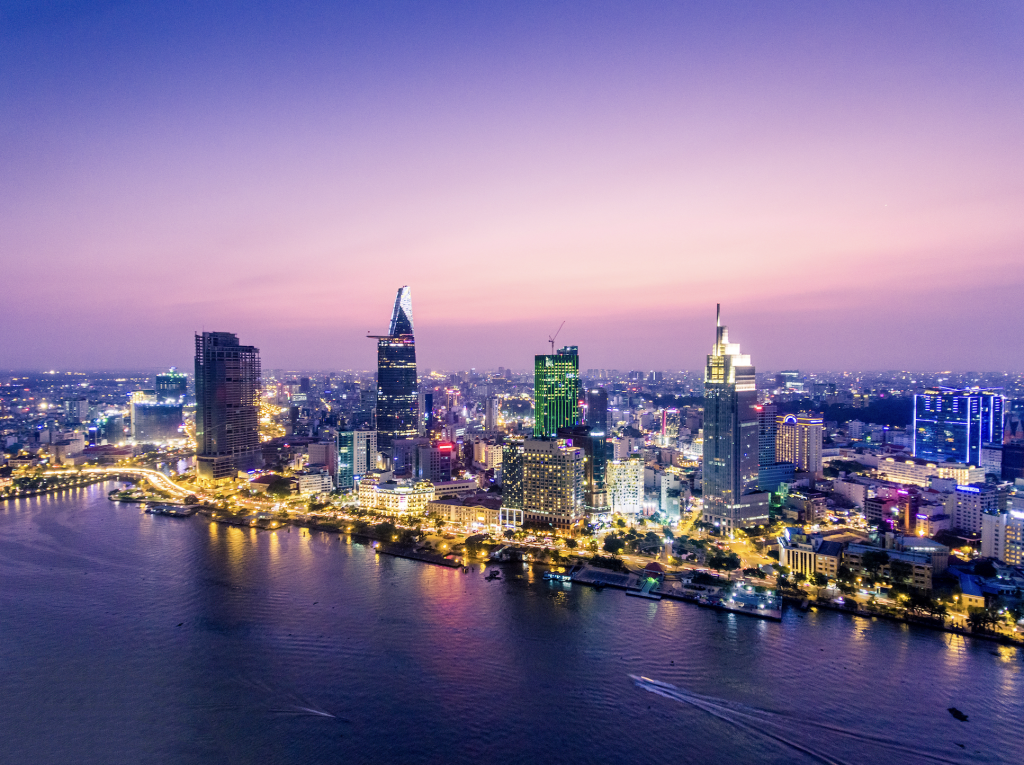
By Air
Ho Chi Minh City is well-connected to major cities around the world through the Tan Son Nhat International Airport. Many international airlines operate regular flights to and from the city, making it convenient for travelers to reach their destination.
By Bus or Train
If you prefer a more adventurous and budget-friendly option, you can also travel to Ho Chi Minh City by bus or train. The city is well-connected to other major cities in Vietnam, such as Hanoi and Da Nang, through an extensive network of bus and train routes.
Exploring the City
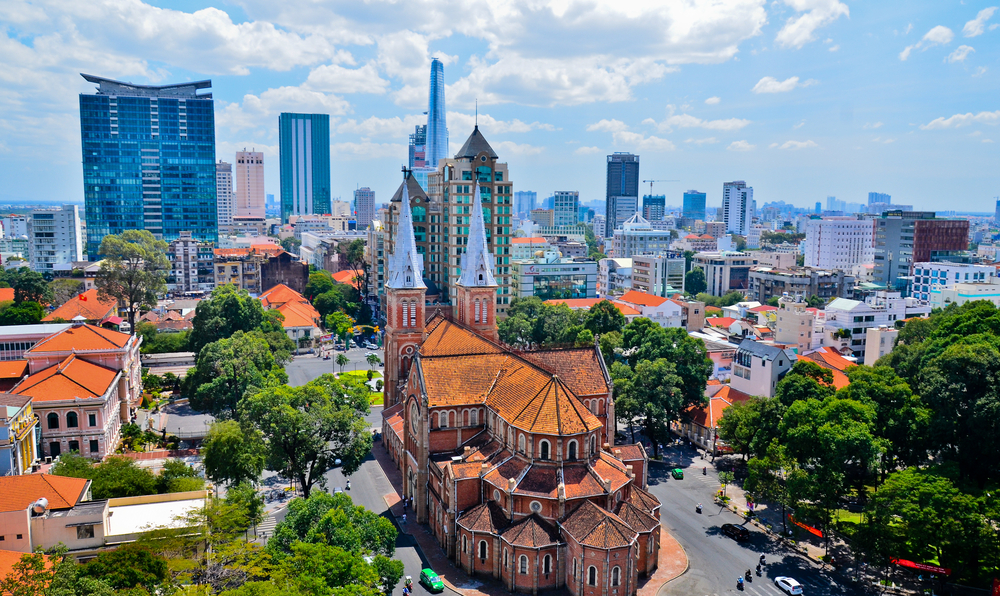
Districts of Ho Chi Minh City
Ho Chi Minh City is divided into various districts, each with its own unique charm and attractions. Here are some of the popular districts worth exploring:
District 1: The Heart of the City
District 1 is the central district of Ho Chi Minh City and is home to many of its iconic landmarks, such as the Notre-Dame Cathedral, the Central Post Office, and the Reunification Palace. It is also known for its vibrant nightlife, bustling markets, and upscale shopping malls.
District 3: A Mix of Old and New
District 3 is a charming district that offers a mix of old-world charm and modern attractions. It is home to the War Remnants Museum, which provides insight into the Vietnam War, as well as beautiful colonial villas and local markets.
District 5: Chinatown
Known as Chinatown or Cholon, District 5 is a vibrant neighborhood with a rich Chinese heritage. It is home to bustling markets, ornate temples, and delicious Chinese-Vietnamese cuisine.
Landmarks and Attractions
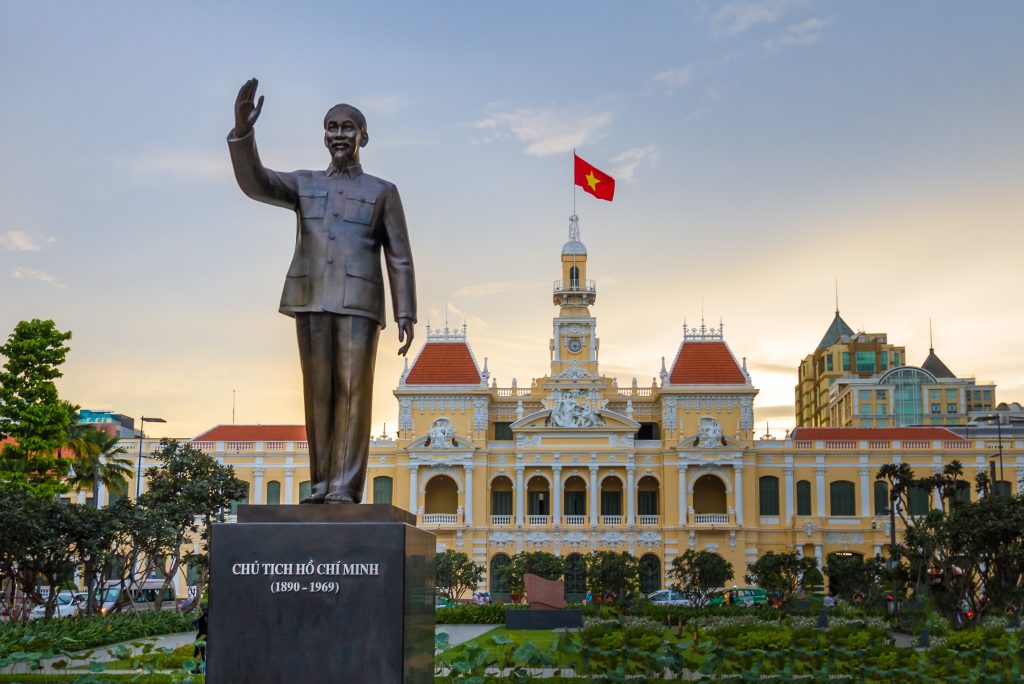
The Cu Chi Tunnels
A visit to Ho Chi Minh City is incomplete without exploring the Cu Chi Tunnels. Located about 40 kilometers northwest of the city, these tunnels played a crucial role during the Vietnam War. Visitors can crawl through the narrow tunnels and learn about the history and resilience of the Vietnamese people.
The Ben Thanh Market
For a taste of local culture and shopping, head to the Ben Thanh Market. This bustling market is a treasure trove of Vietnamese handicrafts, textiles, souvenirs, and street food. Bargaining is a must here, so be prepared to negotiate for the best prices.
The Saigon Opera House
Built-in 1897, the Saigon Opera House is a stunning example of French colonial architecture. It hosts various cultural performances, including ballet, traditional Vietnamese music, and opera. Even if you don’t catch a show, the exterior of the building is worth admiring.
Culture and History
War Remnants Museum
The War Remnants Museum is a sobering reminder of the Vietnam War. It displays photographs, artifacts, and exhibitions that depict the harsh realities of the war. It offers visitors a chance to learn about the war from a Vietnamese perspective and gain a deeper understanding of the country’s history.
Ho Chi Minh Mausoleum
A visit to the Ho Chi Minh Mausoleum is a chance to pay homage to the revered leader of Vietnam, Ho Chi Minh. The mausoleum houses his preserved body and is a place of great significance for the Vietnamese people. Note that there are strict rules and dress codes to be followed when visiting the mausoleum.
Reunification Palace
Formerly known as the Independence Palace, the Reunification Palace is an iconic landmark that played a significant role in Vietnam’s history. It was the site of the end of the Vietnam War when a North Vietnamese tank crashed through its gates. Visitors can explore the preserved rooms and learn about the country’s political past.
Best Time to Visit Ho Chi Minh City
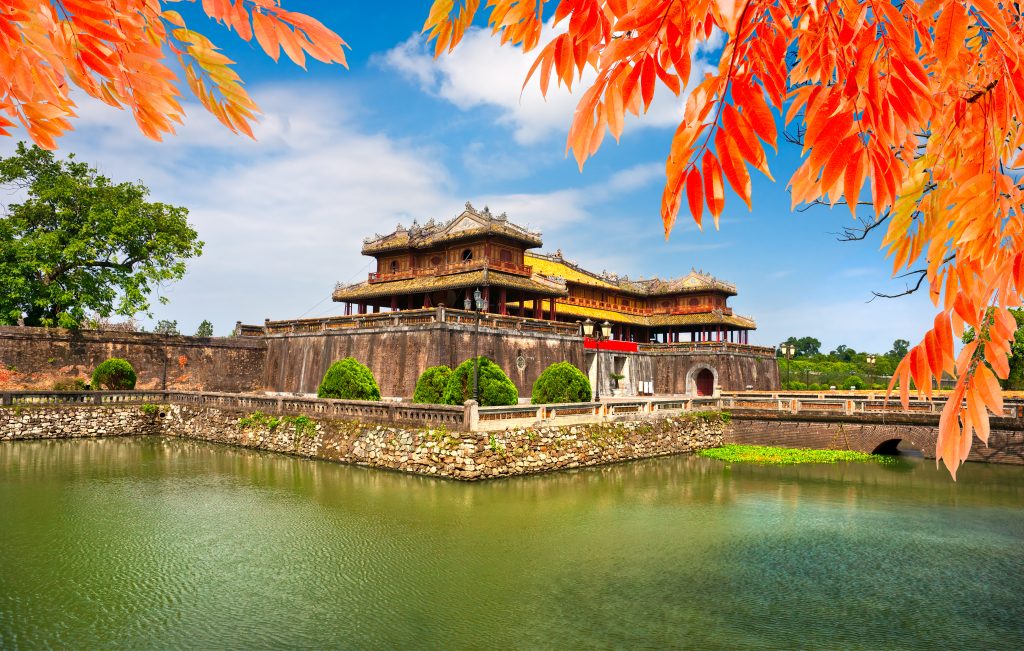
Ho Chi Minh City has a tropical climate, characterized by a wet and dry season. The best time to visit is during the dry season, which runs from December to April. During this time, the weather is relatively cool and dry, making it ideal for exploring the city’s outdoor attractions. However, do keep in mind that the city can get quite crowded during the peak tourist season.
Where to Stay: Hoi An or Da Nang?
If you’re planning to explore central Vietnam, you may find yourself torn between staying in Hoi An or Da Nang. Both cities have their own unique charm and attractions, so it ultimately depends on your preferences.
Hoi An: A Charming Ancient Town
Hoi An is a UNESCO World Heritage Site known for its well-preserved ancient town, colorful lanterns, and beautiful riverside setting. It offers a unique blend of history, culture, and stunning architecture. If you’re looking for a more relaxed and picturesque atmosphere, Hoi An is the perfect choice.
Da Nang: A Modern Beach City
On the other hand, Da Nang is a vibrant and modern city that boasts beautiful beaches, a vibrant food scene, and impressive bridges. It offers a perfect mix of relaxation and urban exploration. If you enjoy city life and want easy access to stunning beaches, Da Nang is the place to be.
Getting Around Ho Chi Minh City
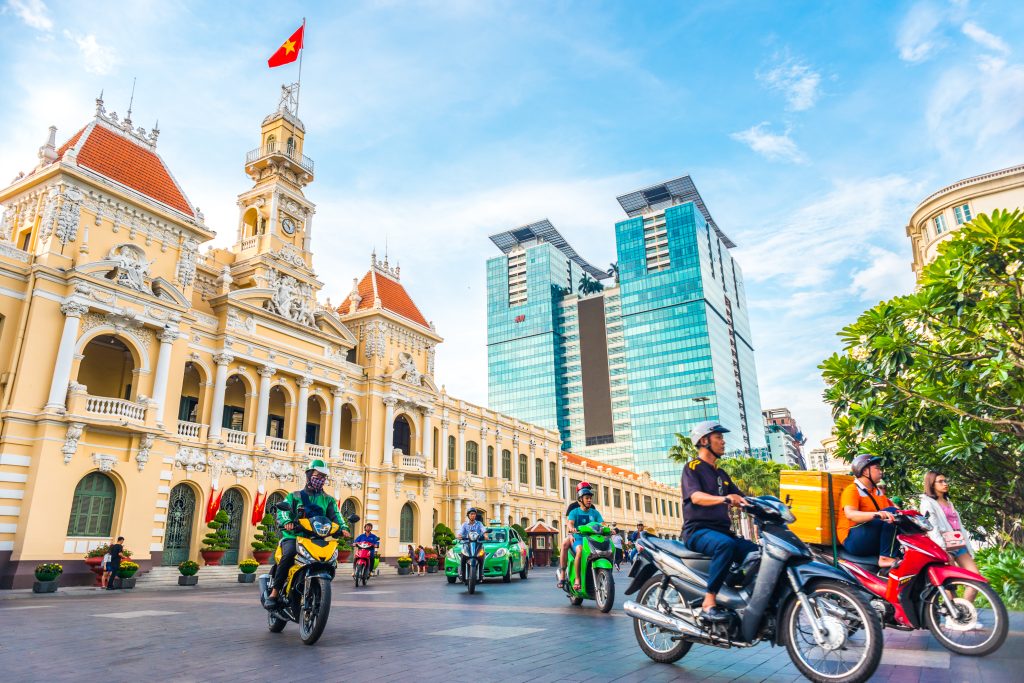
Public Transportation
Ho Chi Minh City has a well-developed public transportation system, including buses and taxis. Buses are the most affordable option, and routes cover most parts of the city. Taxis are also readily available, but make sure to choose reputable companies and insist on using the meter.
Motorbike Rental
Renting a motorbike is a popular option for exploring Ho Chi Minh City and its surroundings. It offers the flexibility to navigate through traffic and discover hidden gems. However, be aware that traffic in the city can be chaotic, so exercise caution and ensure you have a valid license.
Safety Tips for Traveling in Ho Chi Minh City
Ho Chi Minh City is generally a safe city for travelers, but it’s always important to take precautions. Here are some safety tips to keep in mind:
- Be cautious of your belongings and avoid displaying valuable items.
- Use reputable taxis or ride-sharing services.
- Be vigilant when crossing the streets as traffic can be chaotic.
- Stay hydrated and protect yourself from the sun.
- Follow local customs and dress modestly when visiting temples or religious sites.
Enjoying the Local Cuisine
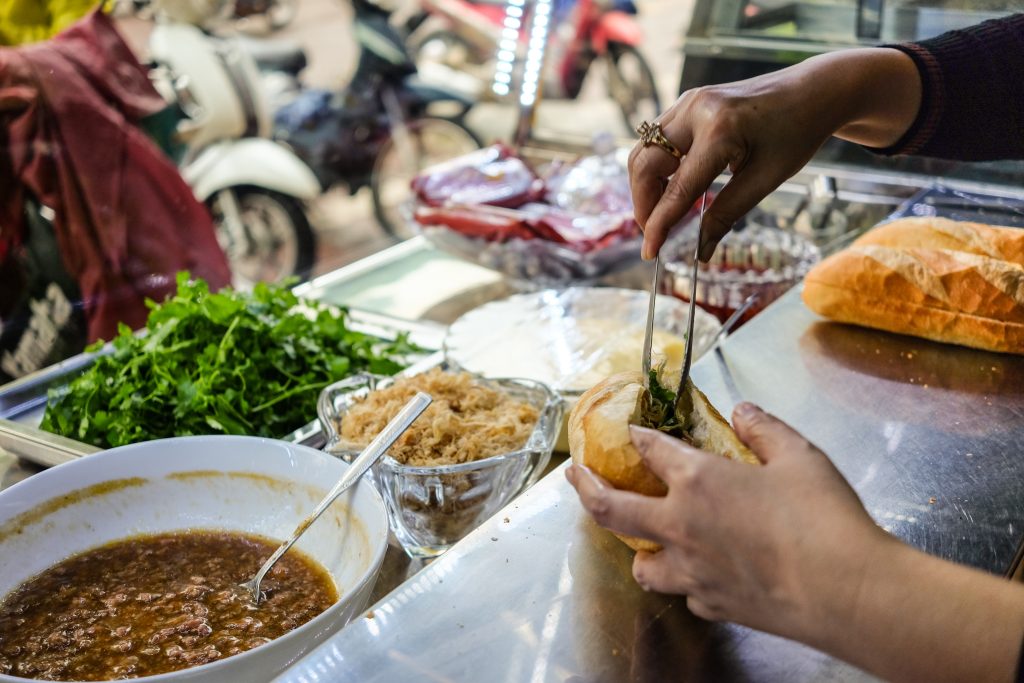
Ho Chi Minh City is a paradise for food lovers, with its wide range of street food and local delicacies. Here are some must-try dishes:
- Pho: A popular Vietnamese noodle soup, typically made with beef or chicken.
- Banh Mi: A delicious Vietnamese sandwich filled with various ingredients such as grilled meats, pickled vegetables, and herbs.
- Com Tam: Broken rice served with grilled pork, egg, and pickled vegetables.
- Banh Xeo: A crispy Vietnamese pancake filled with shrimp, pork, bean sprouts, and herbs.
- Ca Phe Sua Da: Vietnamese iced coffee with sweetened condensed milk.
Experiencing the Surrounding Areas
Ho Chi Minh City is an excellent base for exploring the surrounding areas. Here are some nearby destinations worth visiting:
Mekong Delta
The Mekong Delta is a vast network of rivers and canals known for its lush greenery, floating markets, and traditional villages. Take a boat tour to explore the area and experience the unique way of life in the delta.
Nha Trang
Nha Trang is a coastal city with pristine beaches, clear waters, and vibrant coral reefs. It’s a popular destination for water sports enthusiasts and offers a range of activities such as snorkeling, diving, and island hopping.
Ha Long Bay
Although not directly accessible from Ho Chi Minh City, Ha Long Bay is a must-visit destination in Vietnam. Known for its limestone islands and emerald waters, it is a UNESCO World Heritage Site and a breathtaking natural wonder.
Currency and Payment
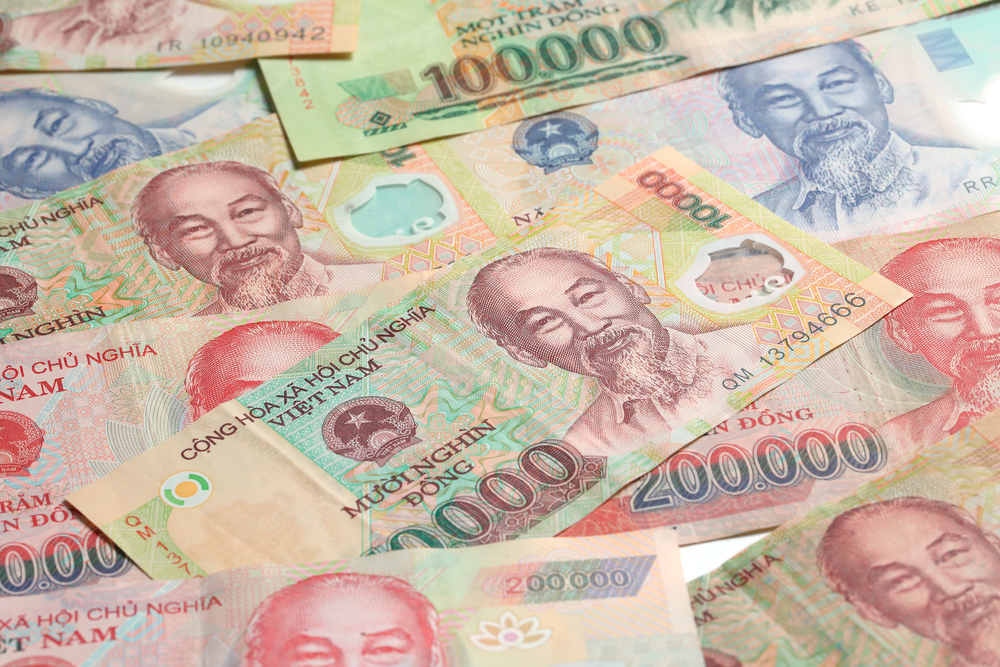
The official currency in Vietnam is the Vietnamese dong (VND). While cash is widely accepted, especially in local markets and small establishments, major hotels, restaurants, and shops in tourist areas may also accept credit cards. It’s always a good idea to carry some cash for smaller vendors and street food stalls.
Wrap Up
Northern Vietnam, with its diverse landscapes and rich history, offers travelers a glimpse into the country’s cultural heritage and natural beauty. From the stunning rice paddies of Ninh Binh to the breathtaking Halong Bay, there are endless opportunities to explore and discover the best places in this region. While the rainy season may affect travel plans, the best months to visit offer good weather for outdoor activities. Travelers should exercise common sense and take precautions against petty theft and petty crime, especially in larger cities and tourist areas. It’s essential to stay informed about local laws and regulations, as well as road conditions and travel advisories. Whether exploring rural areas or vibrant cities, travelers can immerse themselves in the vibrant cultures and natural wonders of northern Vietnam, creating unforgettable memories along the way. Before embarking on your journey, ensure you have adequate travel insurance and necessary documents, such as a tourist visa or work permit if applicable. By taking the necessary precautions and respecting local customs, travelers can experience the best that northern Vietnam has to offer, from its picturesque landscapes to its vibrant cultures.
Read this for more travel in Asia: Top 5 Hidden Hong Kong Nature Areas and Crash Course in Japanese Culture: What NOT to Do in Japan